Environmental justice isn’t just for experts or activists; it’s a growing movement open to everyone. It’s a way to take action to ensure that all people regardless of race, income, or background, have access to a safe and healthy environment. Originating from grassroots efforts in the 1980s, environmental justice aims to address the disparities in environmental protection and participation in decision-making processes that affect communities daily.
Understanding Environmental Justice
The environmental justice movement demands that everyone enjoys equal protection from environmental harm and has a voice in shaping policies that impact their communities. This movement seeks to provide equitable access to clean air, water, and land for living, working, learning, and playing.
Origins and Catalysts
The environmental justice movement gained momentum in the early 1980s, spurred by events like the protest in Warren County, North Carolina. Here, a predominantly African-American community resisted the establishment of a hazardous waste landfill in their neighborhood. Despite their efforts, the landfill was built, highlighting broader systemic issues of environmental injustice. This event catalyzed a nationwide movement, inspiring communities to fight against similar injustices.
Individual Actions for Change
Supporting environmental justice begins with education. Learn about environmental disparities in your community and the policies that perpetuate them, such as housing discrimination and lax regulatory enforcement. Choose reputable organizations to engage with, ensuring they truly represent and serve affected communities.
Get involved with activists and organizations working on environmental justice. Donate, volunteer, and use social media to amplify their voices and raise awareness. Center the narrative on impacted communities and their needs, rather than personal agendas.
Engage with government representatives to advocate for equitable environmental policies. Stay informed about local issues and hold officials accountable for their actions. By participating in the policymaking process, individuals can help ensure that environmental injustices are addressed and resolved fairly.
Conclusion
Environmental justice is a collective effort that requires individual action. By educating ourselves, supporting activists and organizations, and engaging with policymakers, we can work towards a more equitable and sustainable future for all. Together, we can shine a light on environmental injustice and make meaningful strides toward positive change.
At Let There Be Light International, we strive to uphold our mission by raising awareness about historical injustices and providing tools and methodologies to combat environmental injustice at home and around the world. Through education, participation in environmental movements, and engagement at the governmental level, we can help impacted communities recover from generations of environmental inequities.
Sources
- “Environmental Justice History.” Energy.Gov, www.energy.gov/lm/environmental-justice-history#:~:text=The%20initial%20environmental%20justice%20spark,of%20toxic%20waste%20along%20roadways. Accessed 11 Mar. 2024.
- “How to Support Environmental Justice Everyday.” Yale Sustainability, 13 Nov. 2020, sustainability.yale.edu/blog/how-support-environmental-justice-everyday.
- Renee Skelton, Vernice Miller. “The Environmental Justice Movement.” Be a Force for the Future, 22 Aug. 2023, www.nrdc.org/stories/environmental-justice-movement.


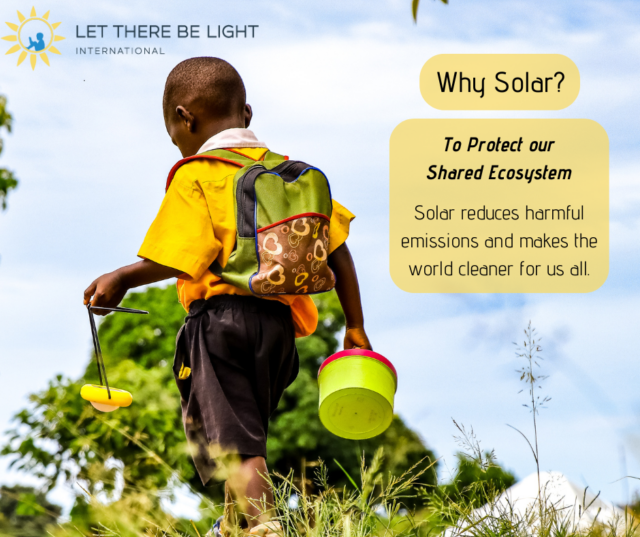
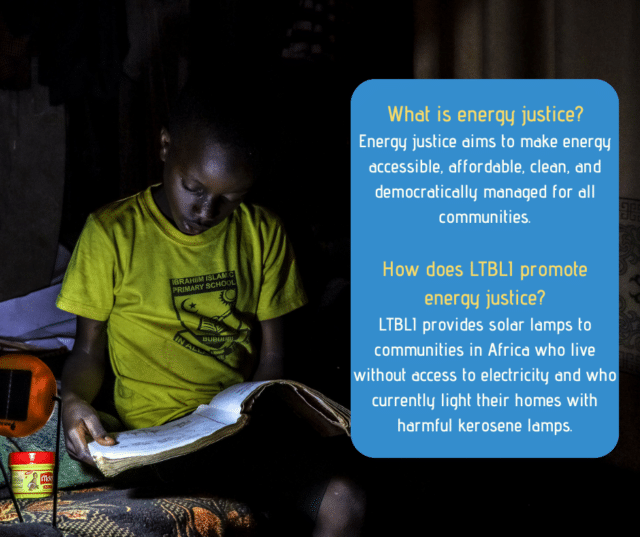
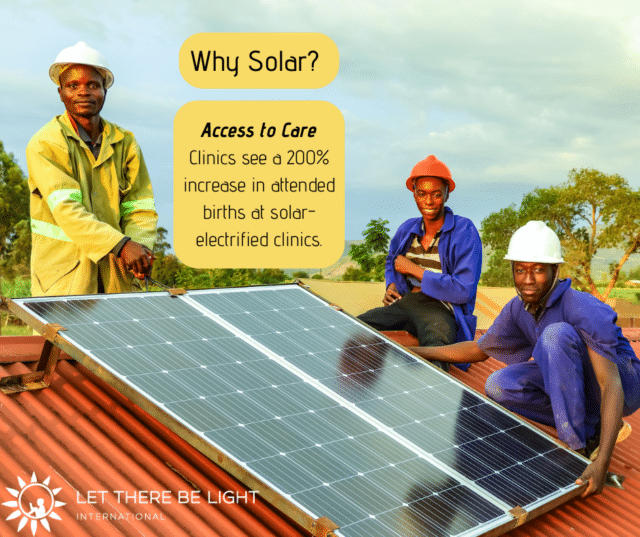
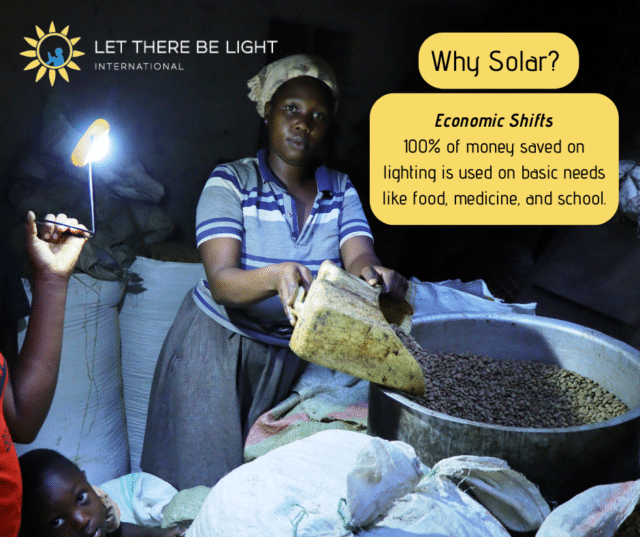

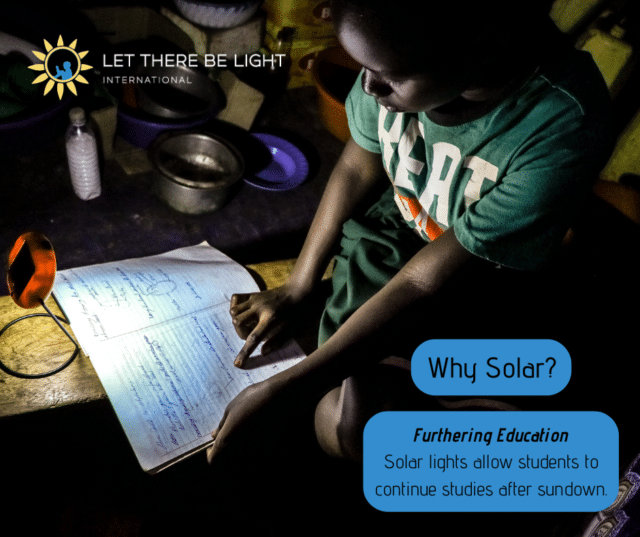
Recent Comments